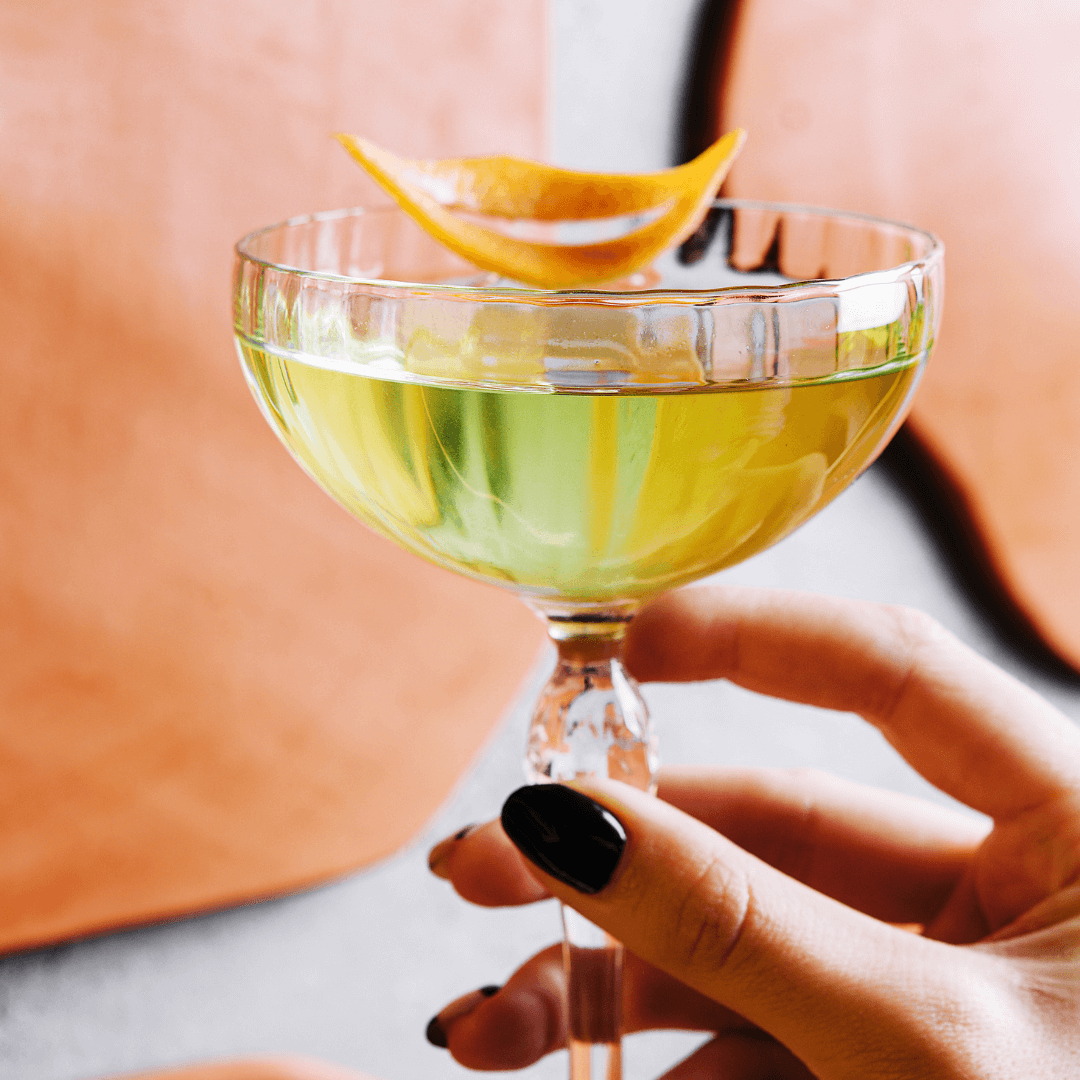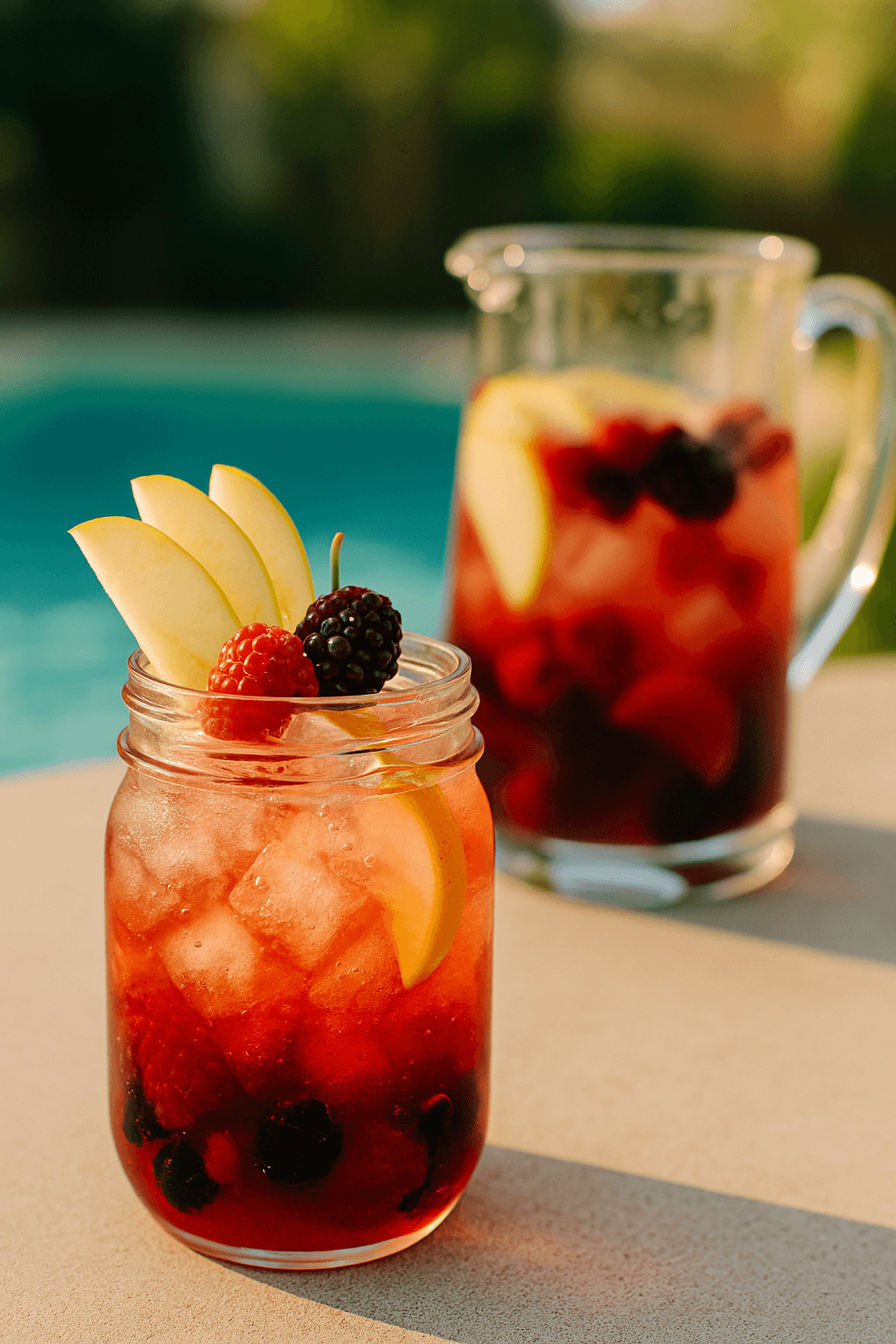Elderflower Liqueur
What is Elderflower Liqueur?
Elderflower liqueur is a type of Floral Liqueurs made by infusing neutral spirits with the delicate, creamy white blossoms of the elderflower plant (Sambucus nigra). These liqueurs capture the flower's distinctive honeyed sweetness and subtle muscat grape-like aromatics, creating a versatile ingredient that adds floral complexity to cocktails without overwhelming other flavors. What defines elderflower liqueur is its ability to balance sweetness with a gentle herbal finish, making it perfect for everything from champagne cocktails to gin-based drinks.
Learn More About Elderflower Liqueur
What makes Elderflower Liqueur unique?
Elderflower liqueur stands apart from other floral liqueurs with its distinctive musky-sweet flavor profile that balances honeyed notes with a subtle herbal complexity you won't find in rose or lavender varieties. While most floral liqueurs lean heavily sweet or perfumed, elderflower brings an almost savory earthiness that makes it incredibly food-friendly and versatile in both cocktails and culinary applications. The elderflower's natural tartness also provides a refreshing backbone that keeps the sweetness in check, creating a liqueur that works beautifully in everything from champagne cocktails to savory marinades.
How is Elderflower Liqueur made?
Elderflower liqueur starts with the fragrant white blossoms of the elder tree, which are typically harvested in late spring when their floral aromatics are at their peak. The flowers are steeped in neutral spirit or vodka for several weeks to extract their delicate essence, then the infusion is blended with sugar syrup to create the sweet, perfumed liqueur. Some producers use a maceration process where the flowers are gently pressed to release additional oils, while others employ distillation techniques to capture the most volatile compounds from the blossoms.
How do you drink Elderflower Liqueur?
Elderflower liqueur shines brightest when mixed into cocktails rather than sipped neat, though you can certainly enjoy it over ice as a light aperitif. This floral beauty works magic in gin-based cocktails, champagne cocktails, and light summer drinks where its delicate sweetness and botanical notes can complement rather than compete. Spring and summer are prime time for elderflower cocktails – think garden parties, brunch gatherings, and warm evening get-togethers where its fresh, almost perfumed quality feels perfectly at home.
How do I choose good Elderflower Liqueur?
Look for elderflower liqueurs that balance sweetness with bright floral notes—avoid anything that tastes cloying or artificial. St-Germain remains the gold standard with its fresh, nuanced profile, while brands like Belvoir and Giffard offer excellent alternatives with slightly different flavor profiles. Your cocktail choice should guide your selection: lighter, more delicate liqueurs work beautifully in gin-based drinks and champagne cocktails, while richer, more concentrated versions can hold their own in whiskey or rum cocktails where you need the elderflower to shine through stronger base spirits.
Nutritional Information
Typical Calorie Range per Ounce: 80-110 calories
Typical Carbohydrate Range per Ounce: 10-14 grams
Typical Sugar Range per Ounce: 9-13 grams
Typically Gluten Free: Yes
Most elderflower liqueurs are naturally gluten-free since they're made from elderflower blossoms, sugar, and neutral spirits. The elderflower itself contains no gluten, and most producers use gluten-free base spirits. Still, always check the specific product label and manufacturer information to confirm gluten-free status, especially if you have celiac disease or severe gluten sensitivity. Production methods and ingredients can vary between brands.
Scrolled this far? Your reward? Elderflower Liqueur Trivia!
- The elderflower used in premium liqueurs must be harvested at dawn within a tiny 6-8 week window each spring, because the delicate blossoms lose their essential oils as soon as the sun hits them. Miss the morning window or wait too long in the season, and you'll end up with bitter, grassy flavors instead of that signature honeyed floral note.
- St-Germain, the most famous elderflower liqueur, requires hand-picking up to 1,000 elderflower clusters to make just one bottle. Each cluster contains hundreds of tiny individual flowers, meaning a single bottle represents literally hundreds of thousands of individual blossoms – no wonder they call it "bartender's ketchup" with such reverence.
- Elderflower liqueur naturally pairs with gin not by accident, but because both contain the same aromatic compound called linalool – the same chemical that gives lavender and bergamot their distinctive scents. This shared molecular structure explains why a splash of elderflower makes any gin cocktail taste more "gin-like" and balanced.
- The elderflower bush (Sambucus canadensis) is technically a weed that grows wild across Europe and North America, often considered a nuisance by gardeners. Yet this common "pest plant" produces one of the most expensive liqueurs on your bar shelf, with premium bottles commanding $40+ for what's essentially fermented weed flowers and sugar.
- Professional bartenders can tell fake elderflower liqueur from the real deal by temperature: authentic elderflower liqueur becomes noticeably more aromatic when slightly warmed in your palm, while artificial versions smell exactly the same cold or warm. The real stuff contains volatile organic compounds that only release their full bouquet at body temperature.
Higher-proof spirits can be intense. Mix carefully, taste thoughtfully, and enjoy responsibly.
Gift message (optional)






